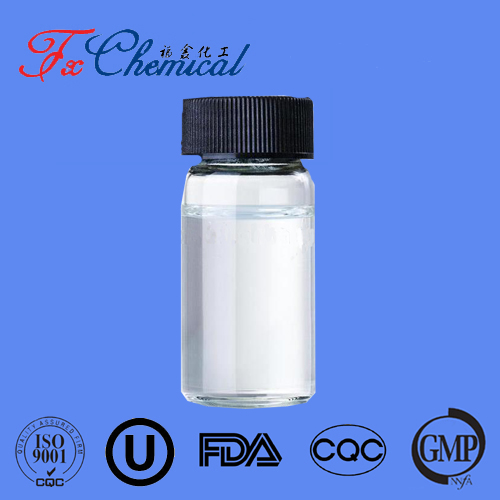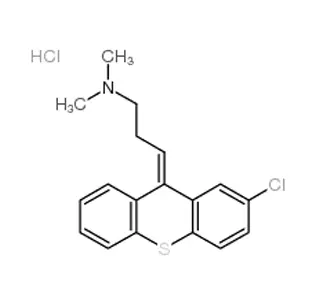
Search

Search

Amylase is the most commonly used enzyme in our daily lives. When we chew bread or rice, we may taste the sweetness because the amylase in our saliva breaks down the starch into glucose. After food enters the digestive system, the amylase secreted by the pancreas breaks down the starch into glucose, which is then absorbed by the small intestine wall and becomes nutrients for the body's tissues. This is the function of amylase. We often see different types of amylase, such as alpha amylase and medium-temperature amylase. How many types of amylase are there?
The main mechanism of action is the hydrolysis of starch into maltose, glucose, and dextrin. To understand amylase, we need to start by understanding starch. Starch is a storage polysaccharide stored in cells in the form of starch granules during plant growth. It exists in seeds and tubers, such as wheat, which contains 70% starch, and rice, which contains 80% starch. Starch is not a simple molecule but a mixture composed of two different types of starch, straight-chain starch and branched-chain starch.
Straight-chain starch: It accounts for about 10% to 30% of the starch, contains hundreds of glucose units, and is a linear compound formed by glucose through an α-1,4-glycosidic bond. It can dissolve in hot water without forming a paste, turns blue when combined with iodine, and can be hydrolyzed into maltose and a small amount of glucose by amylase.
Branched-chain starch: It accounts for a higher proportion of starch, about 65% to 81%, and is composed of thousands of glucose residues. Also known as waxy starch, the molecule is relatively large and has many non-reducing ends but only one reducing end, so it does not show reducing properties. It does not dissolve in cold water but swells into a paste when mixed with hot water. It turns purple or red-purple when combined with iodine and can be hydrolyzed by amylase to produce a mixture called dextrin.
According to the different positions of hydrolyzing starch:
-alpha amylase, β-amylase, γ-amylase, isoamylase.
According to the microbial source:
-Bacterial amylase, fungal amylase, and mold amylase.
According to the reaction temperature:
-Medium-temperature amylase, high-temperature amylase, with the former at 70 degrees and the latter at 90-105 degrees.
Alpha amylase is mainly fermented and purified from Bacillus subtilis, Aspergillus niger, Aspergillus oryzae, and Rhizopus. It is divided into fungal alpha amylase and bacterial alpha amylase according to its source. It is also called amylase 1,4-α-glucoside hydrolase. The main mechanism is to cleave the α-1,4-glycosidic bond inside the starch chain and hydrolyze the starch into maltose, oligosaccharides containing six glucose units, and oligosaccharides with branching chains. Adding fungal alpha amylase in bread-making can enhance the yeast's reproduction ability and shorten the fermentation time of bread dough.
Explore amylase products:
https://www.fortunachem.com/products/alpha-amylase-aspergillus-oryzae-cas-9001-19-8/
Explore more popular products:

Quick Links
Add:
E-mail:
 English
English  Español
Español  français
français  العربية
العربية 


